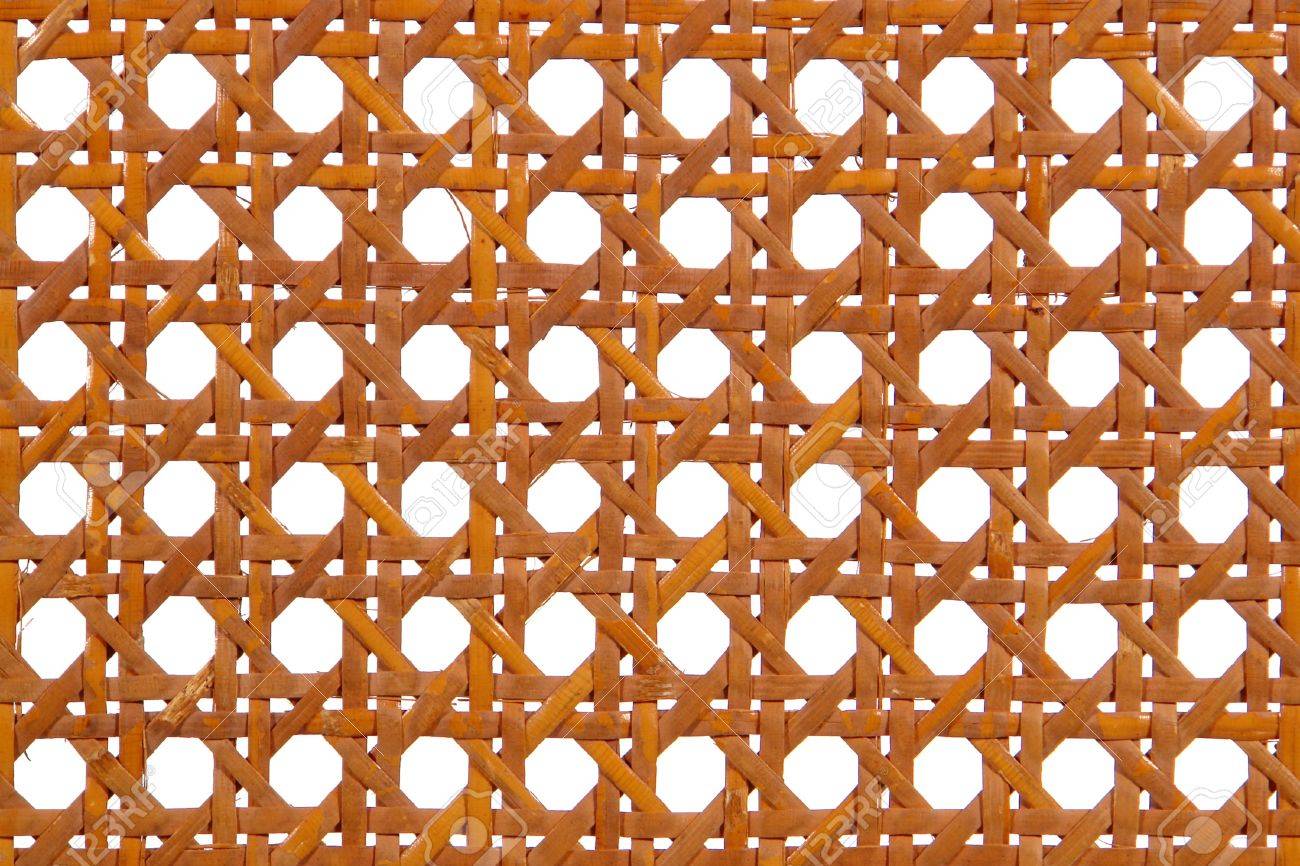How to restore and paint antique chairs.
Mason writes:
“I have 10 chairs very similar to these and I would like to know if I can get this look with your paint recipes? The seats are broken and have to be replaced. Do you think I should also use rattan like this? Should I try to age the rattan too?”
DIAGNOSIS
INSPIRATION
This is what the chairs should look like.
THE CURE
FIX THE CHAIRS
Always start any painting job with restoration. Let’s say the chairs are not completely stable. Or something is broken. Fixing this first will prevent any surprises later. I learnt by making this mistake in the past. I thought I could paint first and then restore later. It turned out to be something I could not do myself. The restorer took months and when I finally got the piece back, my precious paint finish was covered with blobs of modern glue and the chair was still wobbly. Had I known this from the start, I would not have wasted my time. So, always fix first, then paint.
PREPARE THE SURFACE
Probably the single most common mistake painters make, is a lack of proper preparation of the surface. This includes both modern and traditional paint. Excitement to get on with the painting will often lead to paint falling off or cracking. Not that it is always a bad thing. After all, we are looking for interesting aged paint. But it may be better if you stay in control from the start. No surface is the same as the next. Therefor, there is no single solution. You have to assess and create a solution every time you paint a surface. Ask yourself, what do I need to do to make sure that the paint will adhere to the surface of the piece? We normally advise students of the Patina FINISHES Course on how to proceed with each piece if they are not sure. We encourage students to experiment, experiment and then some more. Every time you experiment on a small area of the piece and test the solution, you learn something new.
REMOVE THE WICKER
I am going to presume that the wicker will be replaced completely. So I would suggest that you photograph the wicker in detail as it is now. The reason is that you want to age the wicker later so that it blends in with the aged paint. It is a lot easier to copy the look of old wicker than to work without any reference. Remember to cover any parts of the chair where it should not be painted with a generous layer of polish. This will keep the grooves open where the wicker needs to be inserted.
This video will give you a very good idea how it works.
PAINT THE CHAIRS…
The way to go would be to work carefully with thin coats of paint as not to get a paint build-up in the valleys. There isn’t one specific finish in our course that will show you how to recreate this specific finish, but several students have successfully done so with our recipes and guidance.
REPLACE THE WICKER
Finding a supplier for the wicker will not be difficult. It may be a good idea to leave this to a professional and concentrate on painting. We can also give further advice on how to age the wicker for it to look authentically old.



No Comments
Sorry, the comment form is closed at this time.